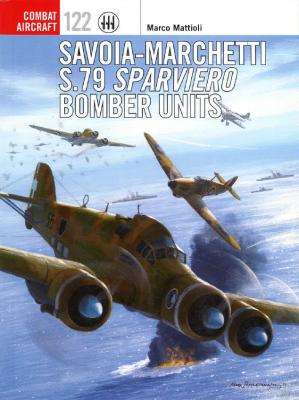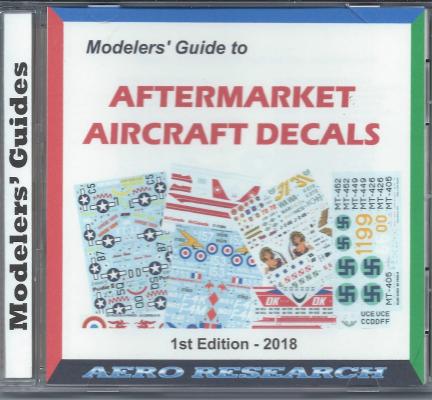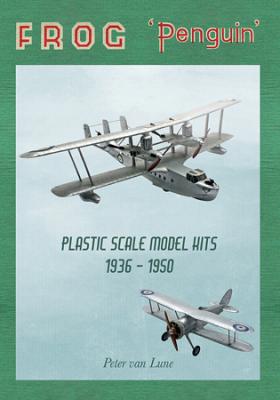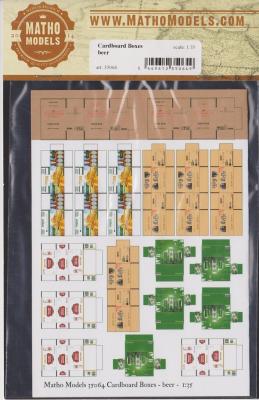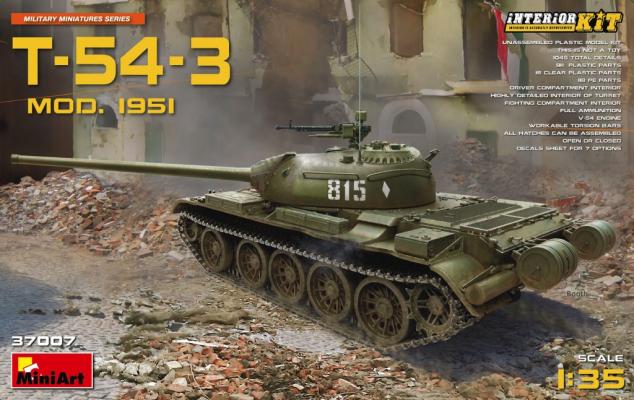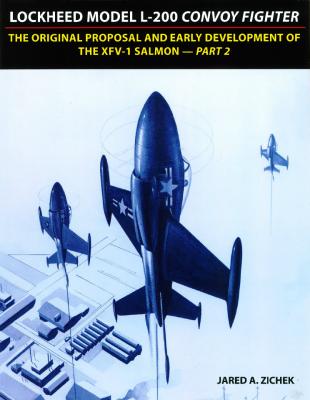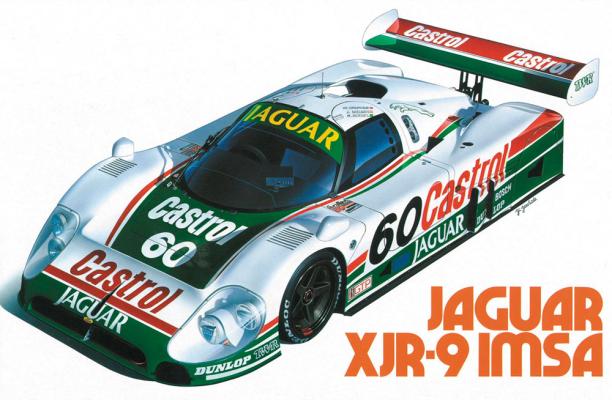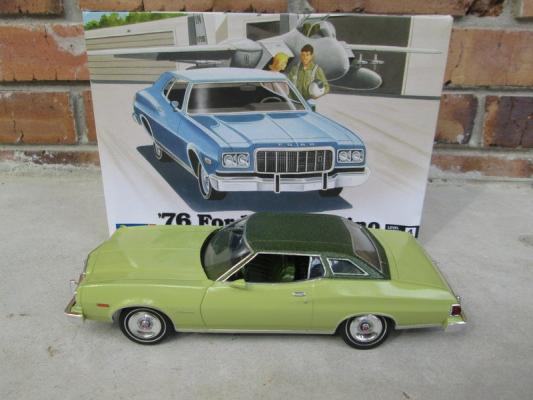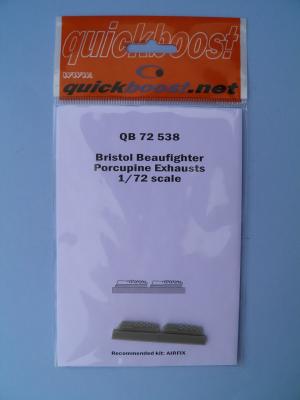Marco Mattioli was born January 1, 1966 in Rome. Marco has been interested in military history since he was a teenager. In 1992 he joined the Italian National Journalist Order, after which he was employed as a writer for several leading Italian history publishers. A contributor to many important Italian history and defense magazines, as well as the author of a number of books on Italian military aviation, he wrote Osprey Aviation Elite Units 38: 53° Stormo and Osprey Combat Aircraft 106: Savoia-Marchetti S.79 Sparviero Torpedo-Bomber Units.
Reviews
Ever wonder if there was ever a decal made for a particular aircraft by a particular company? Then this CD is for you! Totaling 861 pages of information, this CD lists aircraft decals from 1960 through late 2017. Did they miss any? Probably but they do promise updates as more information becomes available. The amount of research and work involved here is staggering.
The CD-book begins with a table of contents listing every decal maker they have found. These are listed alphabetically and cover 6 pages.
Next comes the explanation of the listings, giving you the name of the manufacturer, Home country, is the manufacturer active, inactive or out of print, explanatory material, scale, stock number, sheet title and finally aircraft types if not contained in the title.
Frog was one of the first manufacturers of all plastic model kits in the world, pre-dating most U.S. companies by almost 20 years. Unlike other manufacturers, they did not start off building toys or other items, but rather their first product was the “Interceptor”, a rubber band powered model aircraft. It was distinguished by two things. One is that when those gliders you knew as a kid were being made of balsa wood, the Interceptor was metal. The other is that you did not launch it or throw it, it took off from the ground. Mr. van Lune goes into an extensive discussion of this aspect as it led to the company’s name, FROG, which in various legends came from Flies Right Off the Ground.
Mr. van Lune is obviously devoted to Frog model kits and in this case the Penguin line of Frog kits. He has done meticulous research and has an extensive personal collection of Frog kits as well, so he knows that of which he speaks.
This small volume is a primer in every sense of the word. Nevertheless, author Julian Hale has managed to admirably condense the 100 year history of the Royal Air Force down to sixty-four short pages. The value of this volume lies in introducing the reader, who may be familiar enough with the RAF’s participation in the Second World War or the RFC’s struggles through WWI, with some of the lesser known highlights of the “World’s Oldest Air Force”.
The books main chapters include:
Product/Stock Numbers for each set:
- Generic: 35058
- Electronic Devices: 35065
- Beer: 35064
Direct links for all three sets:
Brief History
The T-54 and T-55 tanks are a series of Soviet main battle tanks introduced in the years following the Second World War. The first T-54 prototype was completed at Nizhny Tagil by the end of 1945. Initial production ramp up settled for 1947 at Nizhny Tagil, and 1948 for Kharkov were halted and curtailed as many problems were uncovered; the T-34-85 still accounted for 88 percent of production through the 50's. The T-54 eventually became the main tank for armoured units of the Soviet Army, armies of the Warsaw Pact countries, and many others. T-54s and T-55s have been involved in many of the world's armed conflicts since the later part of the 20th century.
Jared A. Zichek is a freelance writer and illustrator specializing in aviation and automotive history. He lives in La Jolla, California. You can find him at on Facebook at https://www.facebook.com/retromechanix, and on Twitter @retromechanix. RetroMechanix.com is devoted to innovative and unusual flying machines from earlier decades, with special emphasis on U.S. prototype and project aircraft from the 1930’s through the 1950’s. Featuring hundreds of previously unpublished high resolution photographs, drawings and artist’s impressions, along with original primary documents scanned directly from the U.S. National Archives, RetroMechanix.com is the definitive resource for yesterday’s wings of tomorrow.
From Hasegawa's website: Designed specifically for taking the racing world by storm, the XJR-9 was the eighties Jaguar that finally cracked the iron grip Porsche had on the 24 Hours of Le Mans and brought Jaguar its first Le Mans win since 1957. In America, the type also brought home the win at the 24 Hours of Daytona and took third in the overall Constructor's Championship. This limited edition kit features markings for three IMSA-GTP class Daytona Sunbank 24 hours racers: Car No. 60 (the winner), Car No. 61, and Car No. 66 (third place).
A very nice new kit from Revell, this is the stock version, issued after the "Starsky and Hutch" version. The kit is a very simple build that almost harkens back to the old screw bottom kits. It was a pleasure to build, as there was basically no flash, and fit and finish were fantastic. Chrome is excellent quality, and the glass are all seperate pieces that fit very nicely. A welcome attribute.
I built my kit mostly box stock, except for the following: I added a distributor and wires and I also added the factory optional quarter "opera" windows and vinyl top, simply to break up the large expanse of roof and quarter panel on these cars. I also used vintage Uniroyal white walls, as the kit supplied white wall tires seem to have too low of a profile. A wonderful kit that I would recommend to anyone, advanced or not. The only problem I found with the entire kit, are the relatively low profile tires, that if used, would look too small on the car.
The porcupine exhaust on the Beaufighter are distinctive and not the easiest thing to injection mold in a kit. So Quickboost has made some resin replacements for the new Airfix kits and they are beauties.
The kit exhaust is made up of two parts where the Quickboost item is just one part. My only concern is the replacement is noticeably bigger than the kit parts. But when compared to the 72nd drawings that I have the replacement part looks dead on.
So, another quick replacement that really will add to your next Beaufighter build.
Thanks to Aires and IPMS/USA for the review kit.

